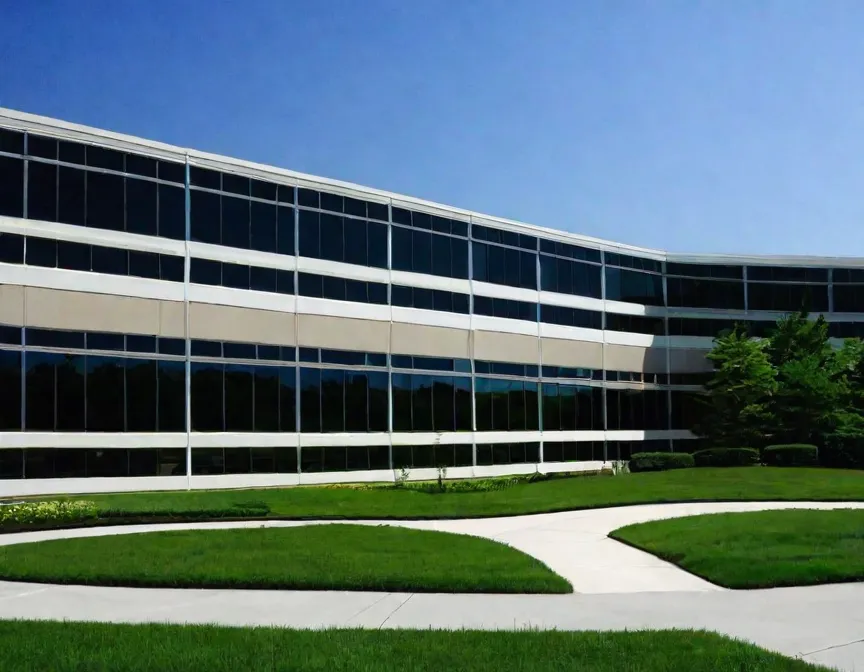Commercial Mortgage-Backed Securities (MBS)
Discover how investors can get involved in commercial property loans with Collateralized Mortgage Backed Securities (CMBS).

Collateralized Mortgage Backed Securities (CMBS) Structure, Types, and Risk Considerations
Collateralized Mortgage Backed Securities (CMBS) are financial instruments that pool together commercial mortgage loans and offer investors the opportunity to participate in the cash flows generated by these loans. CMBS enable lenders to transfer the credit risk associated with commercial mortgages to investors in the form of tradable securities. In this section, we will explore the detailed aspects of CMBS, including their structure, types, risk considerations, and examples.
CMBS Structure:
CMBS are created through a process that involves the following steps:
- Loan Origination:
Commercial mortgage loans are originated by financial institutions, such as banks or mortgage companies, and secured by income-producing commercial properties such as office buildings, retail centers, or multifamily residential properties. - Pooling and Aggregation:
The originated commercial mortgage loans are pooled together to form a pool of loans. The loans in the pool have similar characteristics, such as property types, geographic location, and loan terms. - Special Purpose Vehicle (SPV) Formation:
A special purpose vehicle (SPV) is created to hold the pool of loans. The SPV is a bankruptcy-remote entity that issues the CMBS. - Tranching and Structuring:
The pool of loans is divided into different tranches based on risk and return profiles. Each tranche represents a portion of the cash flows generated by the underlying loans and has a different priority in receiving payments. - Issuance and Distribution:
The tranches of CMBS are sold to investors through underwriters or investment banks. Investors receive cash flows from the CMBS based on the tranche they hold.
Types of CMBS:
- Traditional CMBS:
Traditional CMBS are backed by a pool of commercial mortgage loans secured by income-producing properties. The cash flows from the loans, including interest and principal payments, are distributed to investors based on the tranche they hold. - Single Asset/Single Borrower (SASB) CMBS:
SASB CMBS are created from a single commercial mortgage loan secured by a single property. These CMBS are typically issued for larger loans that do not meet the standard pool requirements of traditional CMBS. - Commercial Real Estate CLOs (CRE CLOs):
CRE CLOs are similar to traditional CMBS but include a combination of commercial mortgage loans and commercial real estate debt securities. These securities provide investors with exposure to a diversified portfolio of commercial real estate loans and other debt instruments.
Risk Considerations:
- Credit Risk:
CMBS are subject to credit risk, which refers to the risk of default or credit deterioration of the underlying commercial mortgage loans. The creditworthiness of the borrowers, property performance, and economic conditions influence the credit risk of CMBS. - Prepayment Risk:
Commercial mortgage loans can be prepaid, either partially or in full, before their scheduled maturity. Prepayments can impact the timing and amount of cash flows received by CMBS investors, potentially affecting investment returns. - Interest Rate Risk:
Changes in interest rates can impact the performance of CMBS. Rising interest rates may lead to decreased property valuations and increased borrowing costs for commercial property owners, affecting the credit quality of the underlying loans. - Property Market Risk:
CMBS are exposed to property market risk, which encompasses factors such as supply and demand dynamics, rental rates, occupancy levels, and property valuations. Changes in the property market can affect the cash flows generated by the underlying commercial mortgage loans.
Example:
Suppose a financial institution originates commercial mortgage loans secured by office buildings across multiple cities. These loans have similar terms and characteristics. The financial institution pools these loans into a CMBS, creating different tranches with varying risk profiles.
Investors have the option to invest in different tranches based on their risk preferences. The senior tranches offer lower yields but have higher credit quality and payment priority. The mezzanine tranches offer higher yields but carry increased credit risk. The subordinate tranches offer the highest potential returns but are exposed to greater credit risk.
CMBS Market Trading and Liquidity:
CMBS are traded in the secondary market, providing liquidity to investors. Market trading conventions include price quoting in yield spreads over risk-free benchmarks, such as U.S. Treasuries, and standardized trade documentation and settlement procedures.
The liquidity and trading activity of CMBS depend on market conditions, investor demand, and the credit quality of the underlying loans. Market liquidity can vary for different tranches, with senior tranches generally exhibiting higher liquidity compared to subordinate tranches.
Conclusion:
Collateralized Mortgage Backed Securities (CMBS) allow investors to participate in the cash flows generated by pools of commercial mortgage loans. Understanding the structure, types, risk considerations, and market dynamics of CMBS is essential for investors in the debt and money markets. A comprehensive understanding of CMBS empowers investors to assess risk and make informed investment decisions in this segment of the market.
This article takes inspiration from a lesson found in FIN 4243 at the University of Florida.